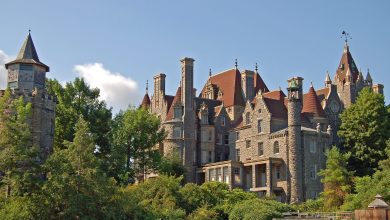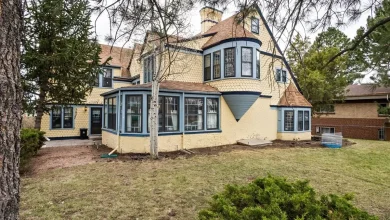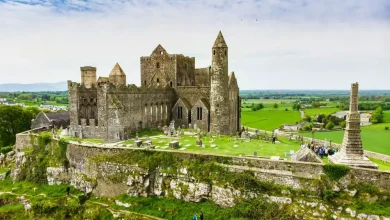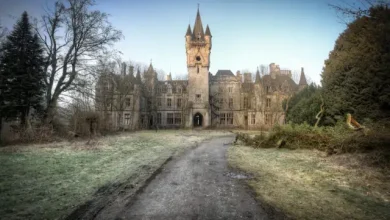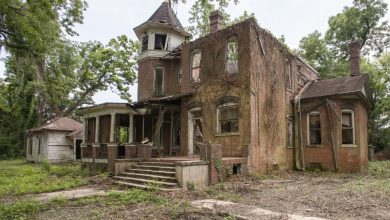Dungeness Ruins on Cumberland Island – Abandoned House
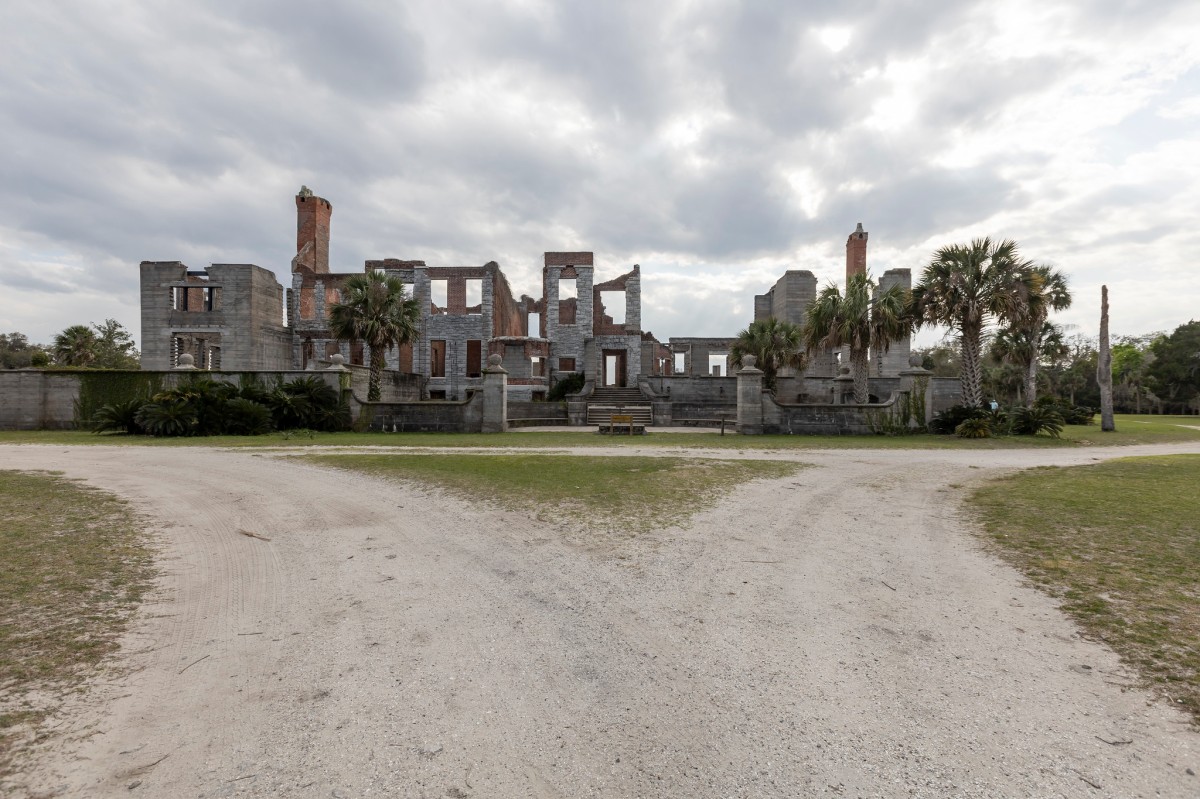
In 1733, English General James Oglethorpe arrived at the Georgia coast. The name of Cumberland Island was given the following year by a young Yamacraw named Toonahowi (the nephew of Chief Tomochichi who visited England with Oglethorpe.) He suggested the island be named for William Augustus, the 13-year-old Prince William, Duke of Cumberland, and son of King George II. Oglethorpe established a hunting lodge called Dungeness, named after a headland in Kent, England. A fort was erected at the southern point of the island called Fort William. At the northern end of the island, Oglethorpe built Fort St. Andrews. For a decade the small village of Berrimacke existed near the fort. The forts were built to defend English settlements to the north from the Spanish in Florida. After the English defeated the Spanish in the Battle of Bloody Marsh in 1742, the need for the forts ended. They abandoned the forts and eventually, the village disappeared. No trace remains today of Fort William, and most signs of Fort St. Andrews have been washed away. In the 1760s, the island was divided into royal grants but saw little activity. When naturalist William Bartram visited the island in 1774, the island was mostly uninhabited.
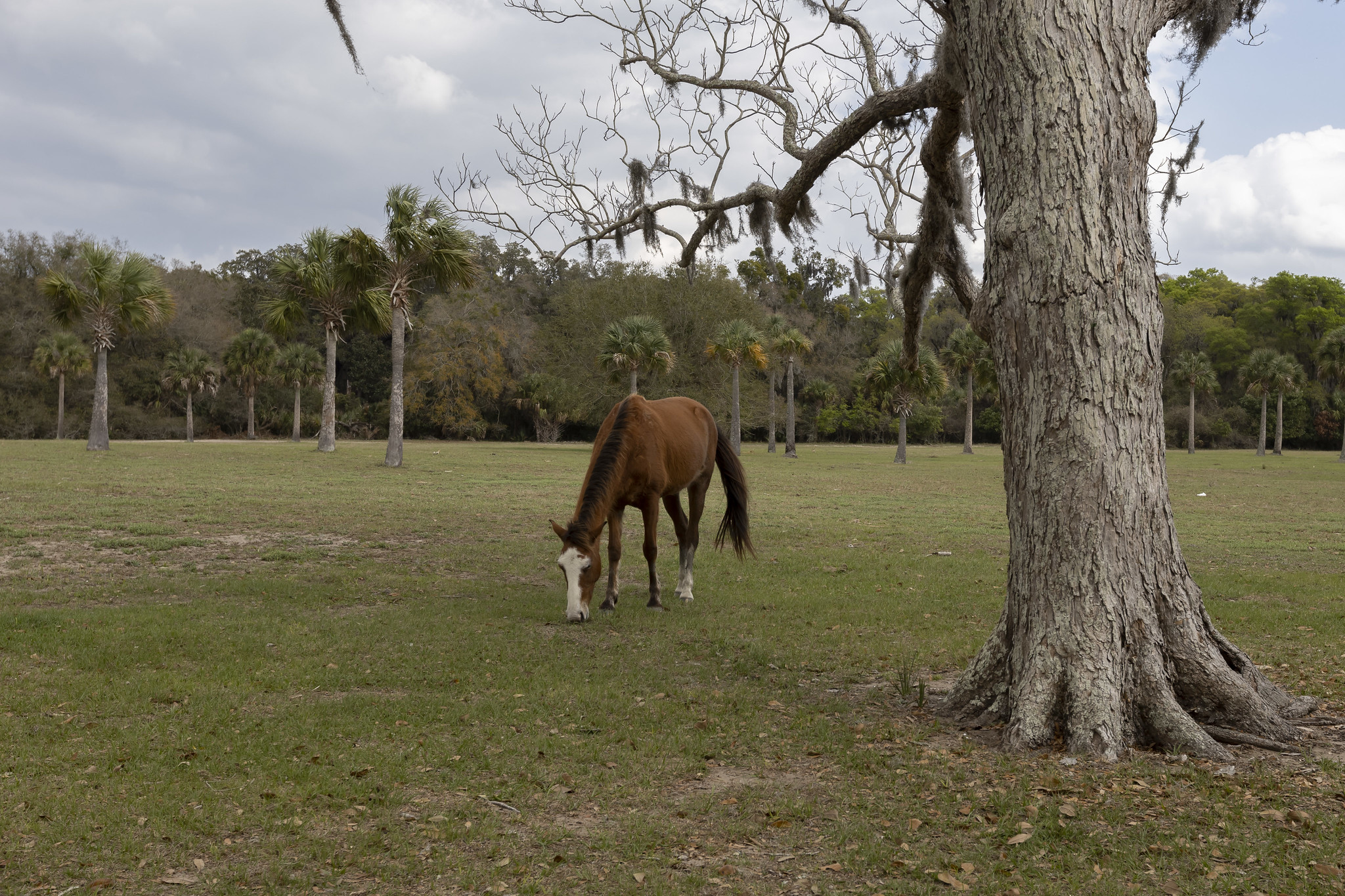
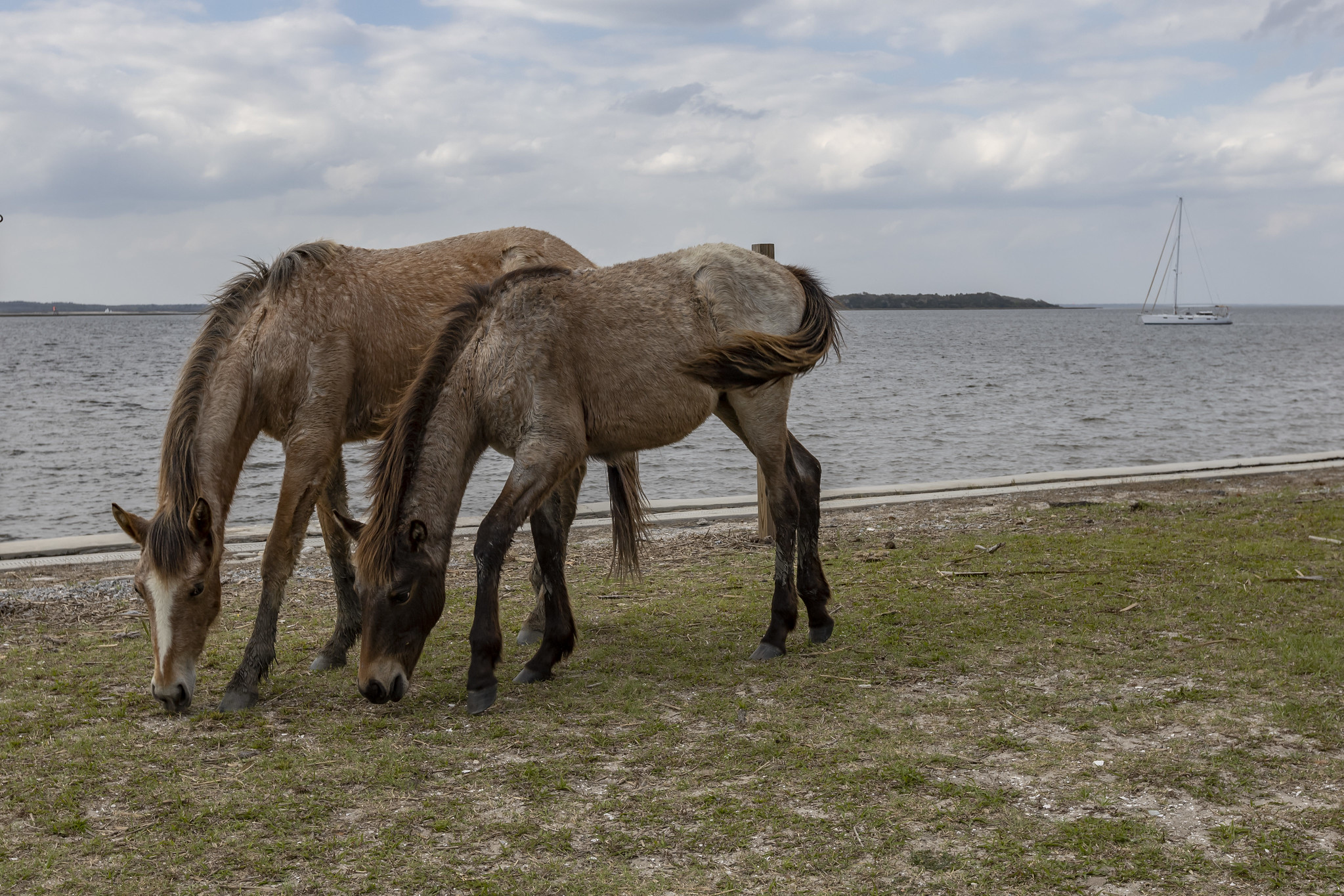
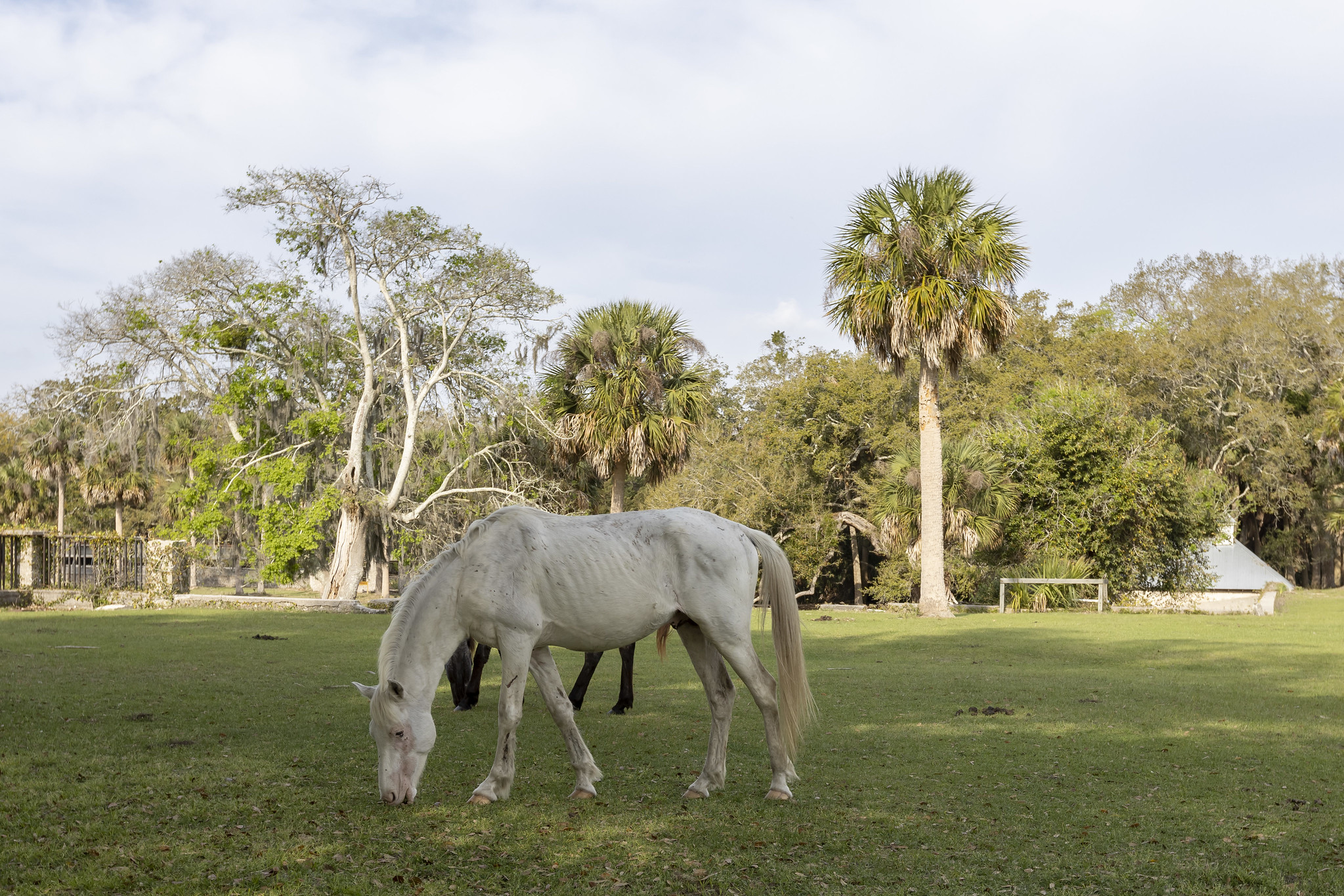
In 1785, Revolutionary War hero General Nathanael Greene founded most of southern Cumberland Island as a result of a business deal used to finance the army. Greene willingly gave much of his personal wealth to help support the war, even sacrificing his Rhode Island home. To thank him for his service during the war, the Georgia government gave Greene a plantation named Mulberry Grove, outside Savannah in Chatham County. He lived on the Mulberry Grove estate for less than a year, troubled by insecure finances; the plantation did not become profitable. He received land on the island as a repayment for his personal financial war contributions. Shortly after, General Nathanael Greene died unexpectedly in 1786 of heatstroke.

After Greene’s death, a young Yale University graduate, Eli Whitney, came to Savannah to take a tutoring job. Whitney began working for Greene’s widow, Catharine, and it was at Mulberry Grove that Whitney invented the cotton gin, the machine that revolutionized the production of cotton. Ten years later, she remarried Phineas Miller, and they built a large, four-story tabby house on top of a Native American shell mound on the island. She named it Dungeness after Oglethorpe’s hunting lodge. The house featured 6-foot-thick walls at the base, four chimneys, and sixteen fireplaces, and was surrounded by 12 acres of gardens. The Millers were the first major planters of Sea Island cotton on Cumberland. They held a total of 210 slaves to work the plantation. While Sea Island cotton was by far the most valuable commercial crop, other documented agricultural products such as indigo, rice, and food crops were also grown. Rice sloughs are still visible on the island through satellite imagery. According to national oral history, live oak wood from the island was used to build the USS Constitution, “Old Ironsides”, in the 1790s.
When the island was briefly occupied during the War of 1812, the British used Dungeness as their headquarters. They also freed the American slaves on the island. In an attempt to rid her name of debt, Catharine Greene harvested live oaks from the island and smuggled the gargantuan trees across the Florida-Georgia line evading marauding pirates. Once Phineas got lockjaw and died, Catharine and her children were on their own until she died in 1814. Catharine Greene was buried in the Greene-Miller Cemetery – where Phineas Miller lies in an unmarked grave.
In 1818, an ailing General “Lighthorse” Harry Lee, a Revolutionary War hero and old friend of Catharine Greene, was returning from the West Indies when he asked to be taken to Dungeness. After a month of illness, Lee died on March 25 and was buried on the island. His son, Confederate General Robert E. Lee, had a tombstone placed over the grave and visited his father’s final resting place several times. In 1913, the body of Harry Lee was reinterred at Lexington, Virginia, to lie beside his famous son, but his gravestone was left on Cumberland Island. The Millers’ Dungeness burned down in 1866.
Born on the island in 1790, Robert Stafford had become the major planter and landowner on Cumberland Island and one of the largest planters in Camden County by the mid-1800s. Having worked for Catharine’s daughter, Louisa Shaw, Stafford learned the prosperity of plantation life, cultivating crops of citrus, rice, and olives, with his most productive being Sea Island cotton. By the early 1800s, he owned most of Cumberland, as well as 350 slaves at the height of his empire. Never married, Stafford took a mulatto common-law slave wife, Zabette, who bore him six children. As the Civil War edged toward the island, everyone fled North, including Zabette and the children, but not Stafford. Although the well-educated and accomplished children never returned, Zabette did, finding an aging Stafford with another mulatto slave and two daughters. Robert Stafford died in 1877 at the age of 87, leaving nothing to Zabette or his six children. By the late 1800s, the island was very different. Greene’s Dungeness, used as a garrison for the Union soldiers, had burned, and Stafford’s empire was simply a ruin known as “The Chimneys,” a series of hearth and chimney structures representing endless slave quarters.
As the 19th century faded, the 20th century rose as The Gilded Age, and an explosion of wealth and excess followed. Thomas Morrison Carnegie met his wife, Lucy Coleman, through her father, William Coleman, who was in the coal business and did business with the Carnegie boys. They were married in June 1866 and lived in Pittsburgh where their nine children, William, Frank, Andrew II, Margaret, Thomas, George, Florence, Coleman, and Nancy were born. Thomas Carnegie and his older brother Andrew founded Carnegie Brothers and Company, an iron and steel conglomerate in April 1881. Business success earned the Carnegies social standing as one of the premier families of the Industrial Age. After visiting Cumberland Island, Thomas and his wife were captivated by its beauty and determined to make it their winter home. In 1881, Thomas purchased land on Cumberland Island from ex-Confederate general W. G. M. Davis, as a gift to his wife and children that included the site of the former Dungeness mansion. Carnegie’s Dungeness was even more monumental than the original structure built a century earlier. The 59-room mansion had the look of a turreted Scottish castle. They also built pools, a golf course, and 40 smaller buildings to house a staff of 200 servants who worked at the mansion.

Over five years, from 1881 to 1886, the Carnegies purchased most of the island. Their island lifestyle depended on dozens of people working around the clock. In the early 1900s, more than 100 workers lived and worked on the Carnegie estate. House servants and cooks took care of things indoors. Field hands labored outside. Blacksmiths and woodworkers were busy in their shops. Male workers lived in racially segregated dormitories. Female workers lived separately, overseen by Catherine Rikart. William E. Page, Lucy’s trusted estate manager, oversaw the workforce and gave out monthly wages. He and his family lived in an island home known as “The Grange.” Catherine Rikart was hired as a housekeeper in 1886. She lived and worked on the island until her death in 1911. She is buried at the Greene-Miller Cemetery.

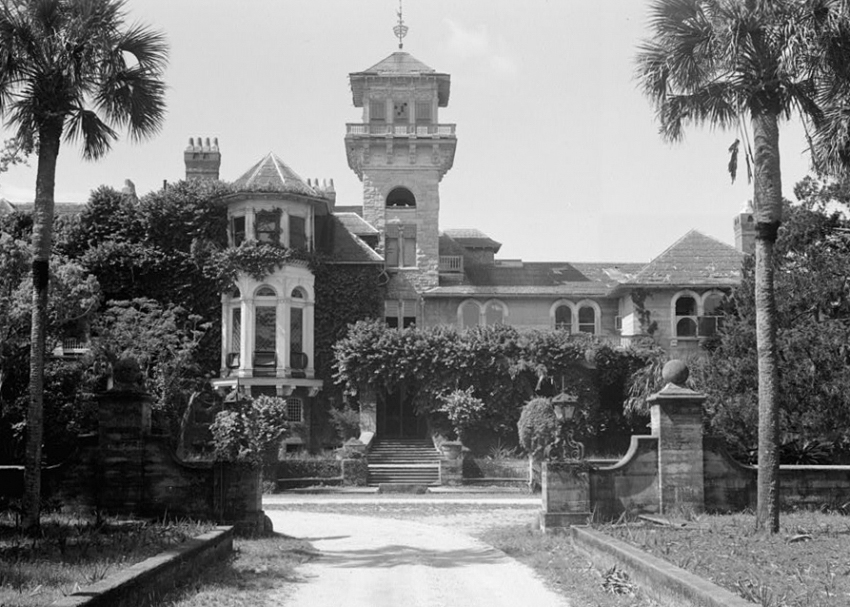
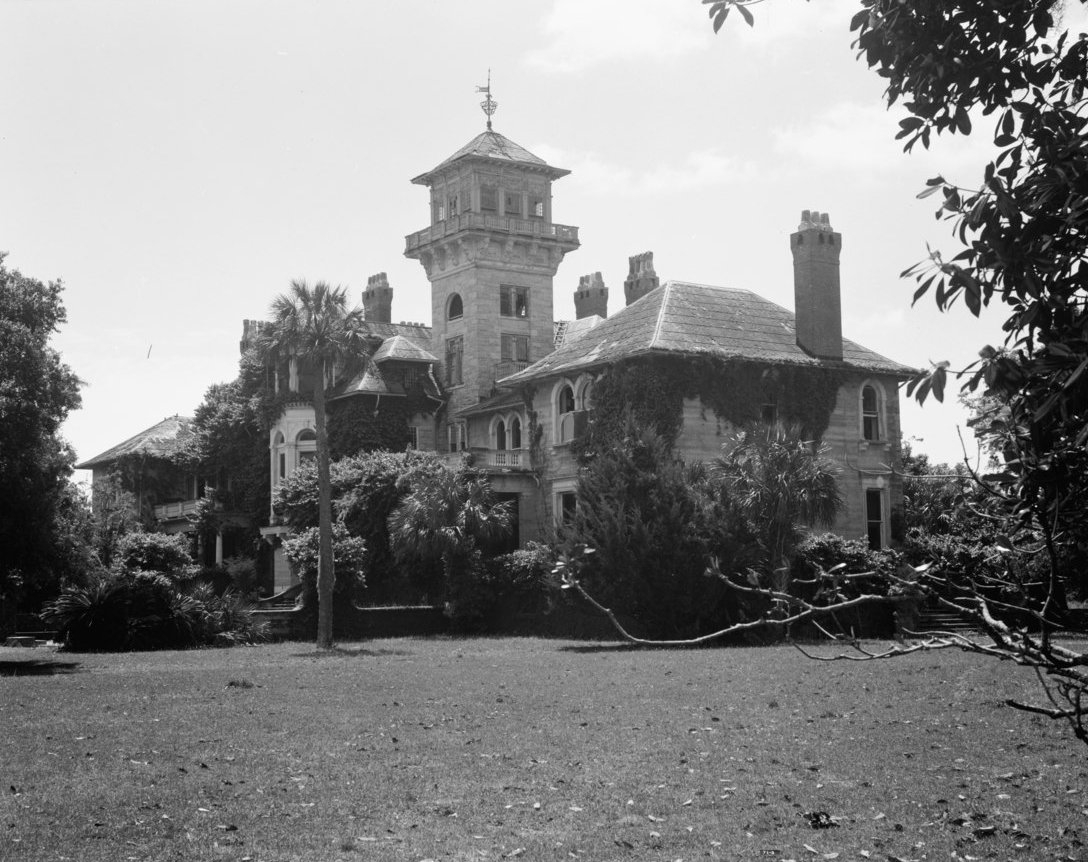
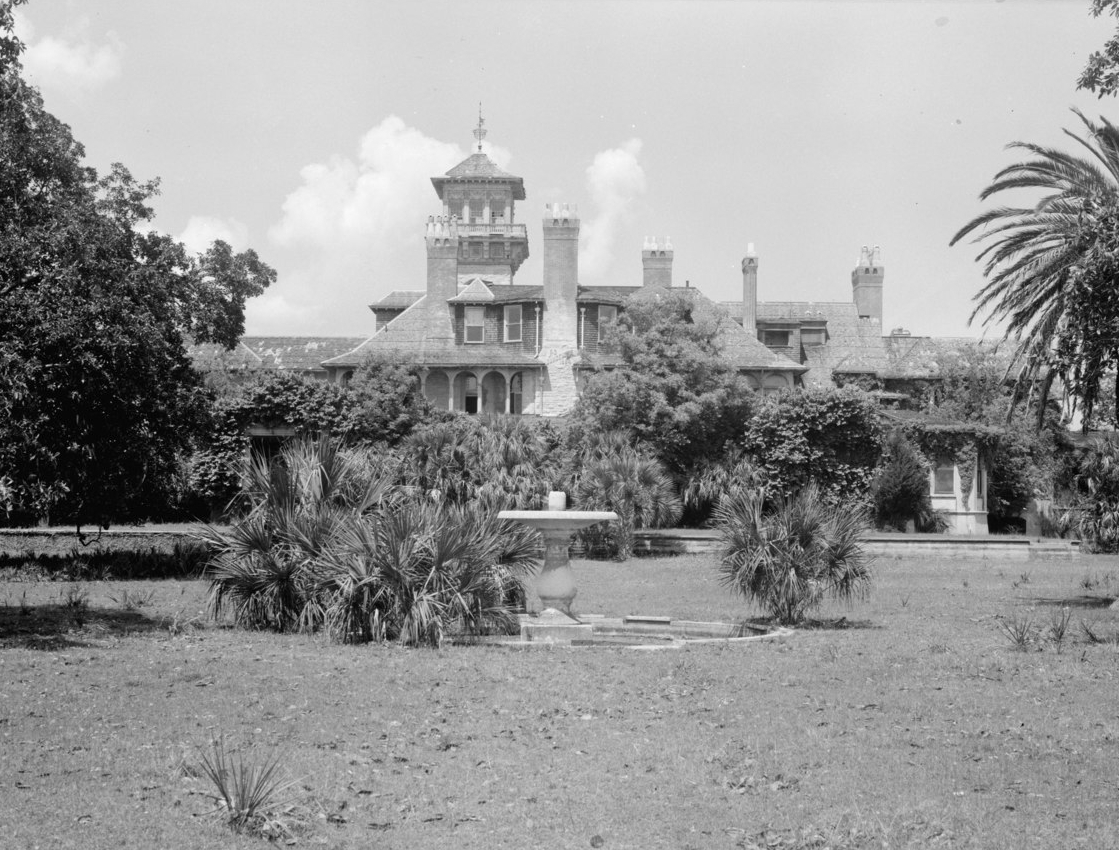
Tragically, Thomas M. Carnegie died on October 19, 1886, at the age of 42 from typhoid fever, leaving his wife a widow at the age of 40 and a mother to nine children the sole beneficiary to his estate. Thomas Carnegie never saw the completion of Dungeness. Instead of retreating to a quiet life of comfort, Lucy Carnegie decided to finish the home and made Dungeness their permanent residence. She used her wealth with independence not often displayed by women in the early 1900s. After persistent petitions, she became the first woman to join the New York Yacht Club. Flying the club’s flag, her yacht, Dungeness, was a common sight up and down the Atlantic coast.
A skilled markswoman, Lucy hunted the forests for game birds and other wildlife. Staying on the cusp of technology, she oversaw the installation of a power and ice-making plant. Power meant Lucy and her family enjoyed luxuries like light for late-night reading and ice for sipping away the summer heat. She would eventually own over 90 percent of Cumberland Island, building homes for her children, including Stafford Mansion, Plum Orchard mansion for George Lauder Carnegie, and Greyfield House for her daughter Margaret “Retta” Carnegie, which is now the Greyfield Inn, a 4-star hotel owned and operated by descendants of the Carnegie family.
Lucy Coleman Carnegie died on January 16, 1916, at the age of 68. She is buried next to her husband in the Carnegie Family Cemetery on the island. The Carnegies moved out of Dungeness in 1925 because of costly upkeep, but the estate was maintained through Lucy Carnegie’s estate. The last time Dungeness was used was for the 1929 wedding of a Carnegie daughter. After the Wall Street Crash of 1929 and the Great Depression, the Carnegie family left the island leaving the mansion deserted. In 1959, a mysterious fire destroyed Dungeness. Some say the fire was started by a poacher who had been shot in the leg by a caretaker several weeks earlier. The fire was so massive that it burned for three days and was visible as far away as St. Marys, Georgia.
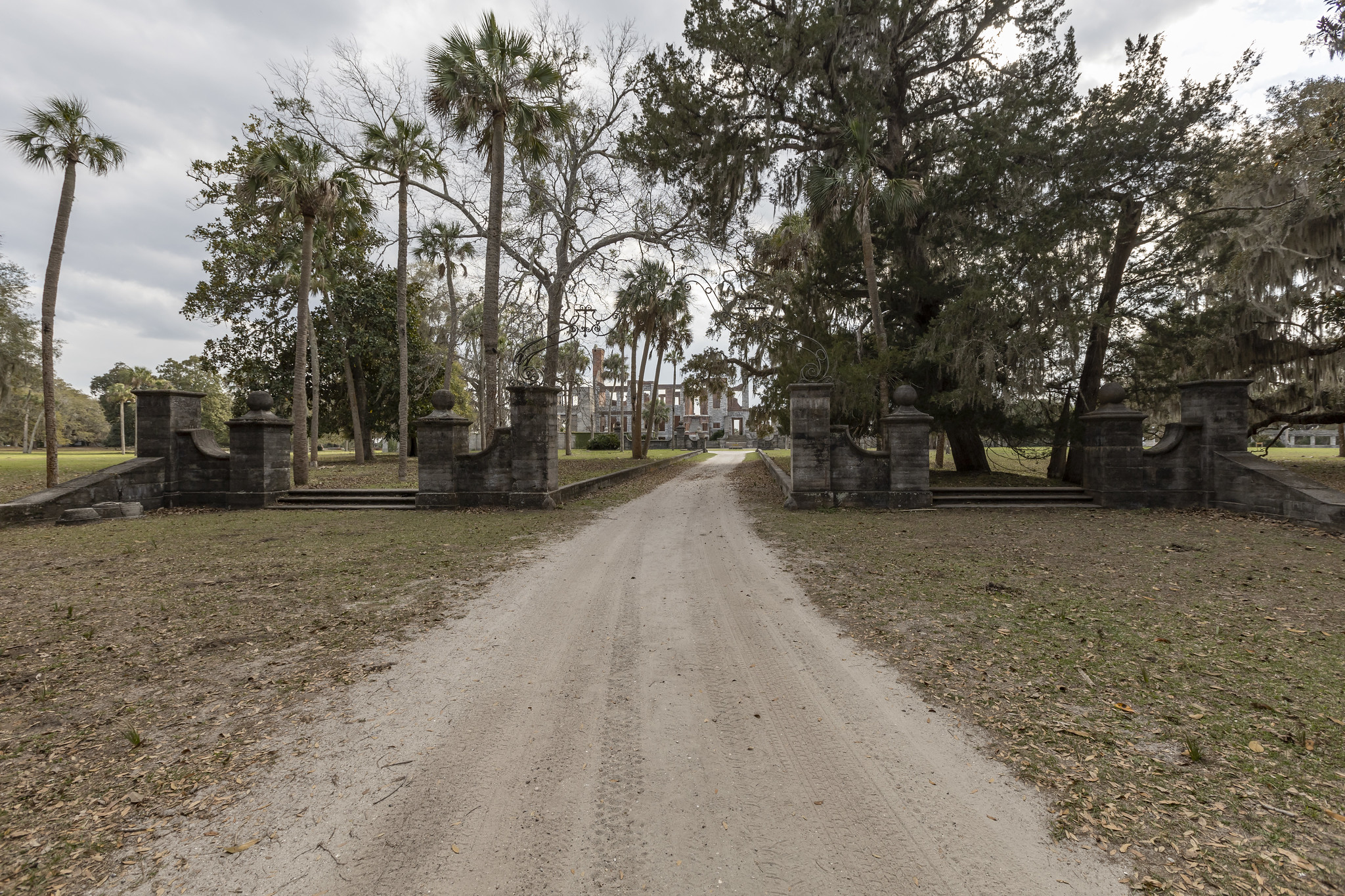
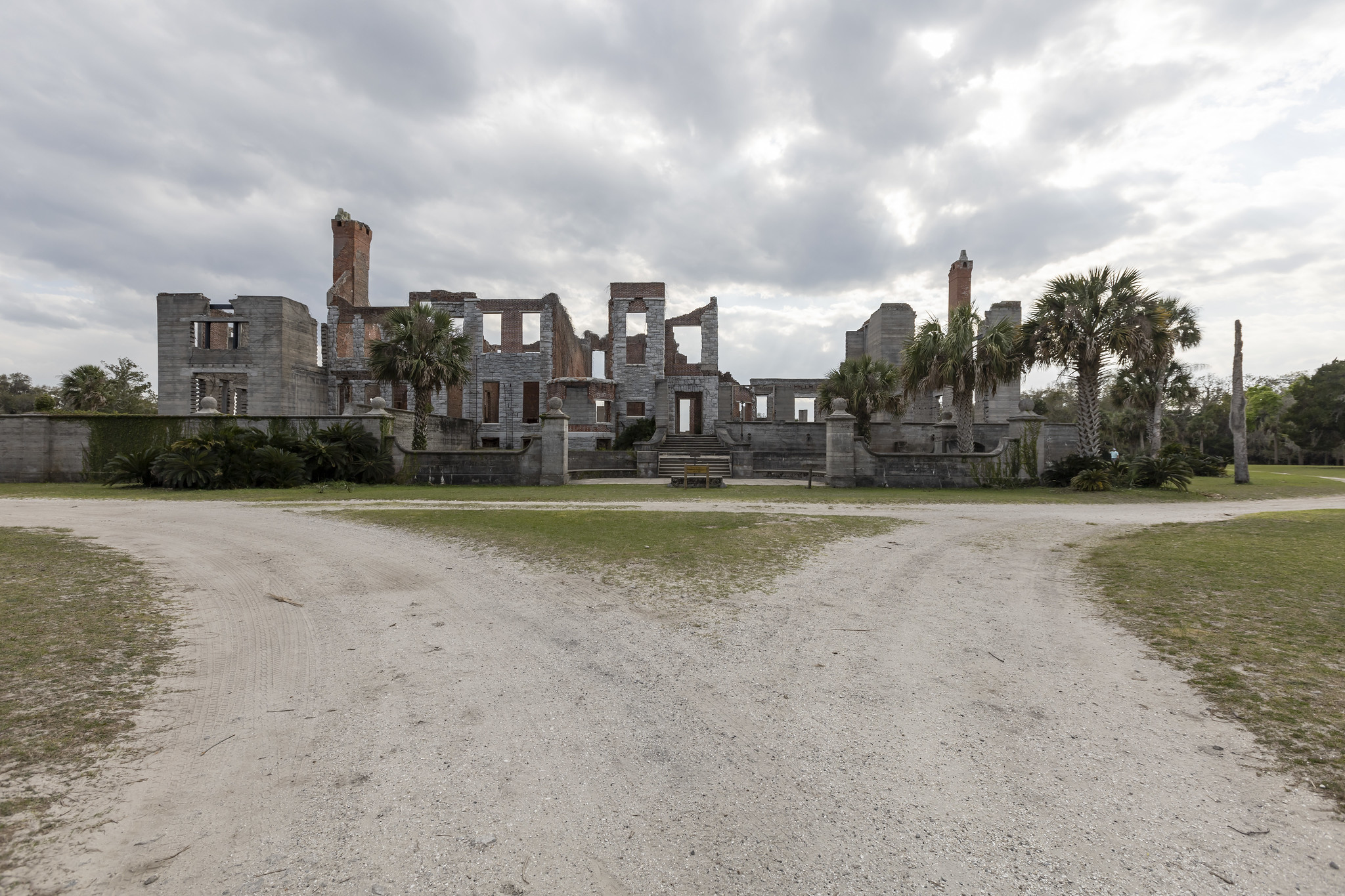
In 1954, members of the Carnegie family invited the National Park Service to the island to assess its suitability as a National Seashore. The following year, the National Park Service named Cumberland Island one of the most significant natural areas in the United States, and plans got underway to secure it. Simultaneously, the State of Georgia was working on plans to secure the island as a state park. Plans to create a National Seashore were complicated when, in October 1968, Carnegie descendants sold three thousand acres of the island to a real estate developer who had developed part of Hilton Head, South Carolina. Fraser met with a conservationist and then the Sierra Club executive director on the island to discuss how to develop the area and pushed for a 90/10 split, with 90% of the land remaining undeveloped.
However, the thought of any additional development on the island beyond the structures already erected by the Carnegies and Sam Candler, who also owned part of the island, caused activists, politicians, members of the Carnegie and Candler families, and a number of organizations, including the Georgia Conservancy and the Sierra Club, to band together and push the developer to sell to the National Park Foundation. They, along with others, also helped push a bill through the US Congress that established Cumberland Island as a national seashore. The bill was signed by President Richard Nixon on October 23, 1972. The Carnegie family sold the island to the federal government. With donations from the Mellon Foundation, Cumberland Island became a unit of the National Park Service, designated Cumberland Island National Seashore.
A small number of property owners, principally ones who preserved the island and protected it from massive commercial development, still own their homes and other private property on the southern, western and northern regions of the island. Some, however, have sold their property to the National Park Service (NPS), with an agreement that retains their ownership and full property rights during their lifetime. Eventually, their property will be owned by the National Park Service.
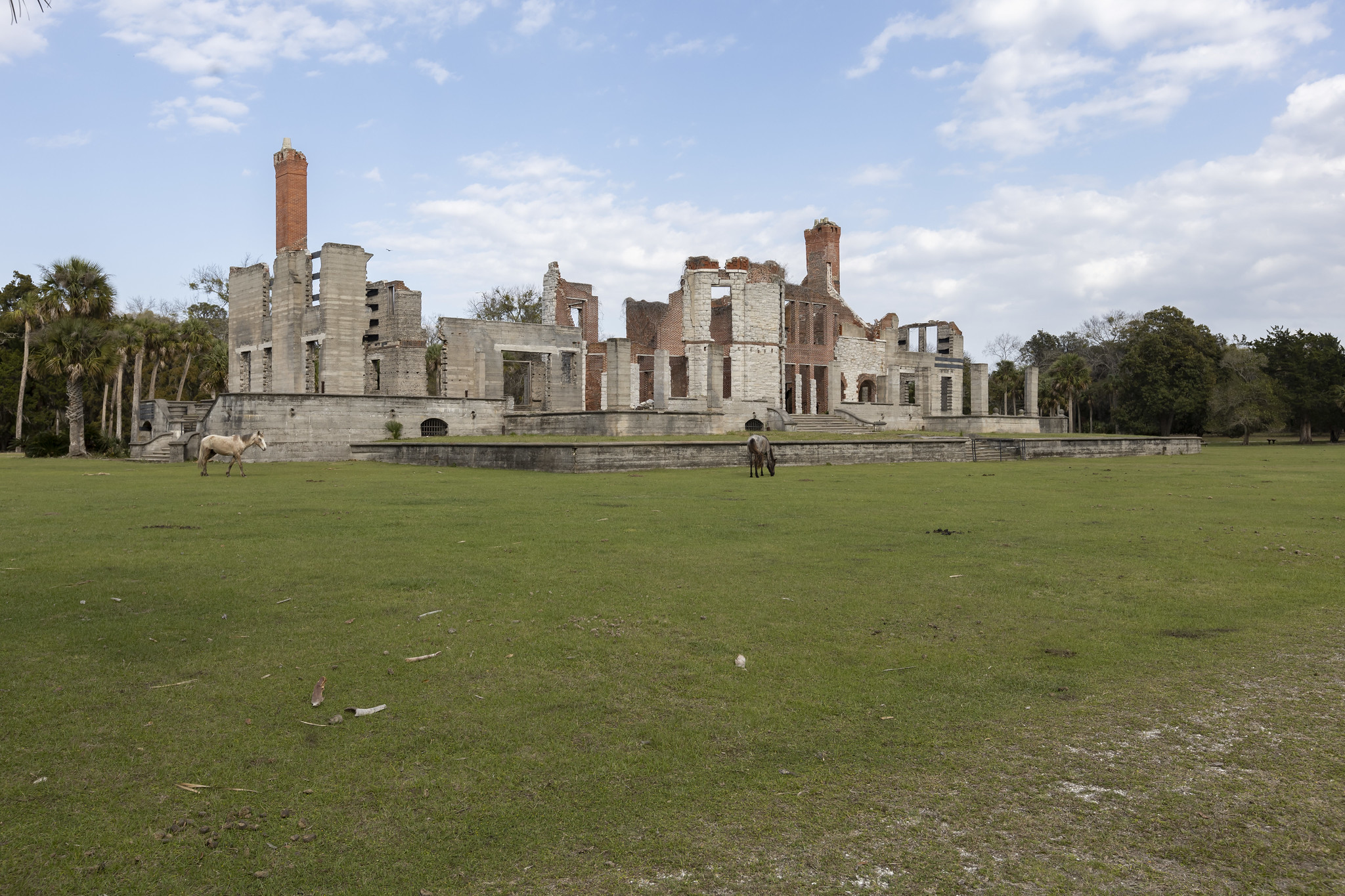
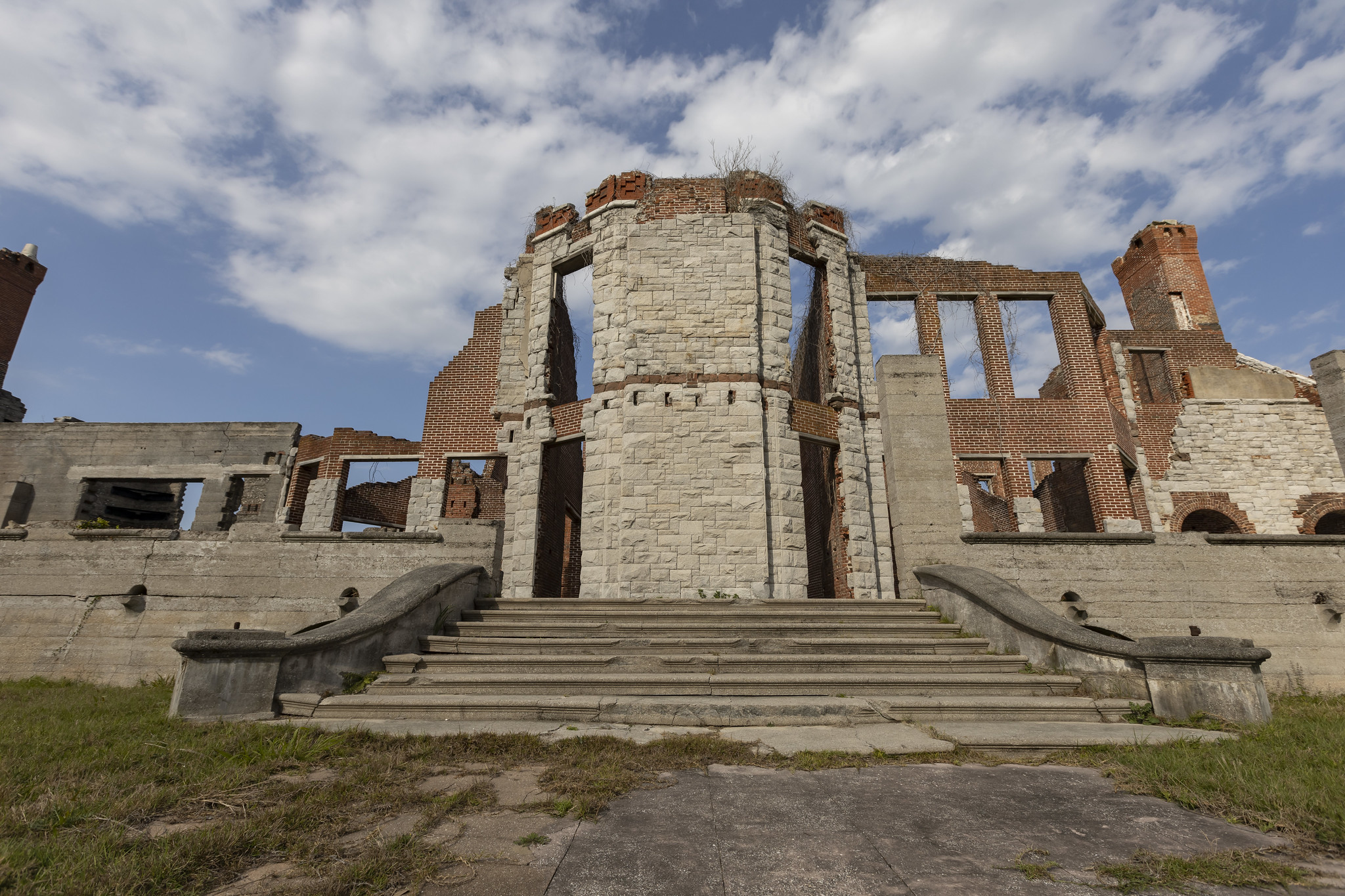
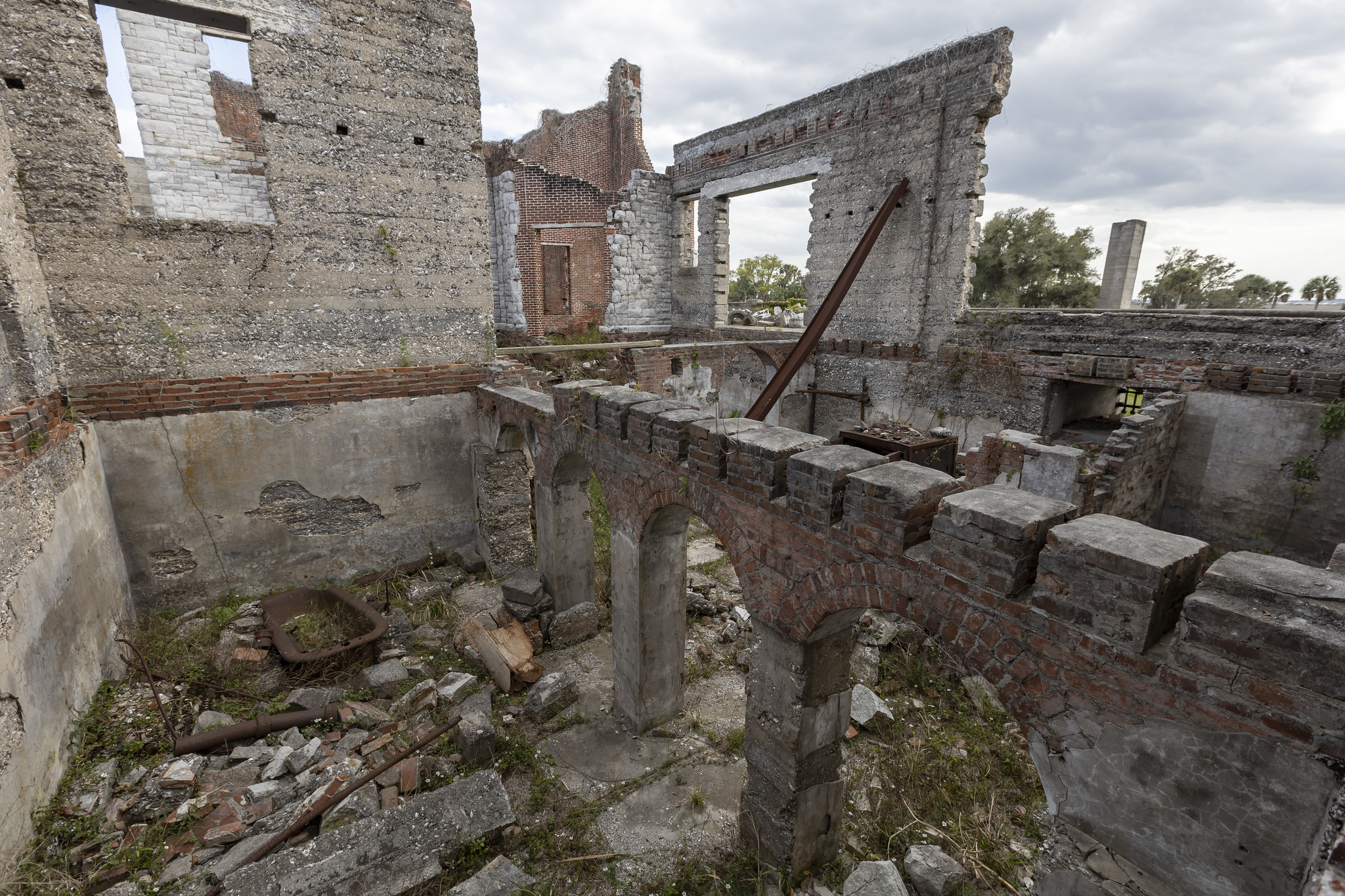
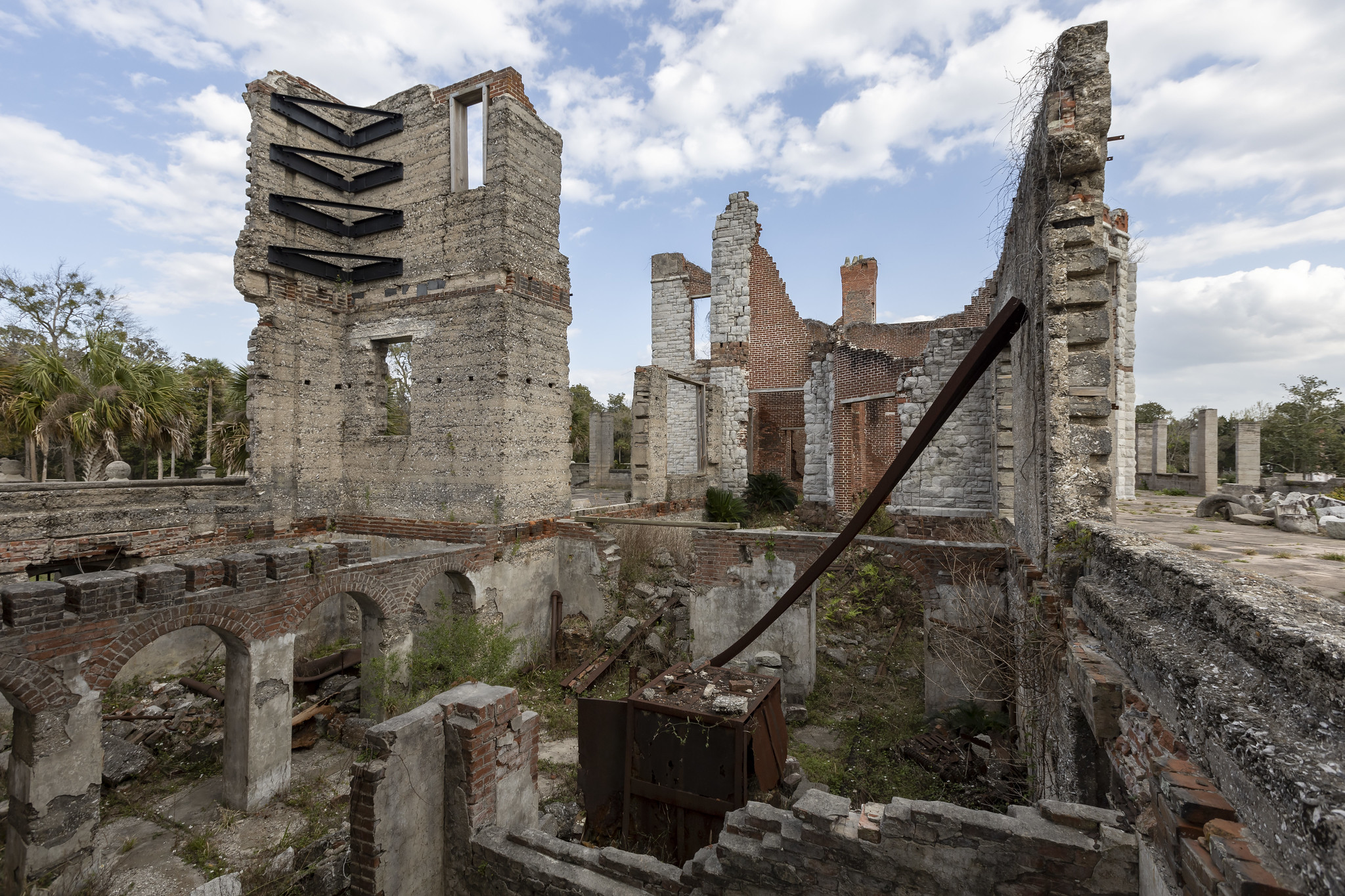
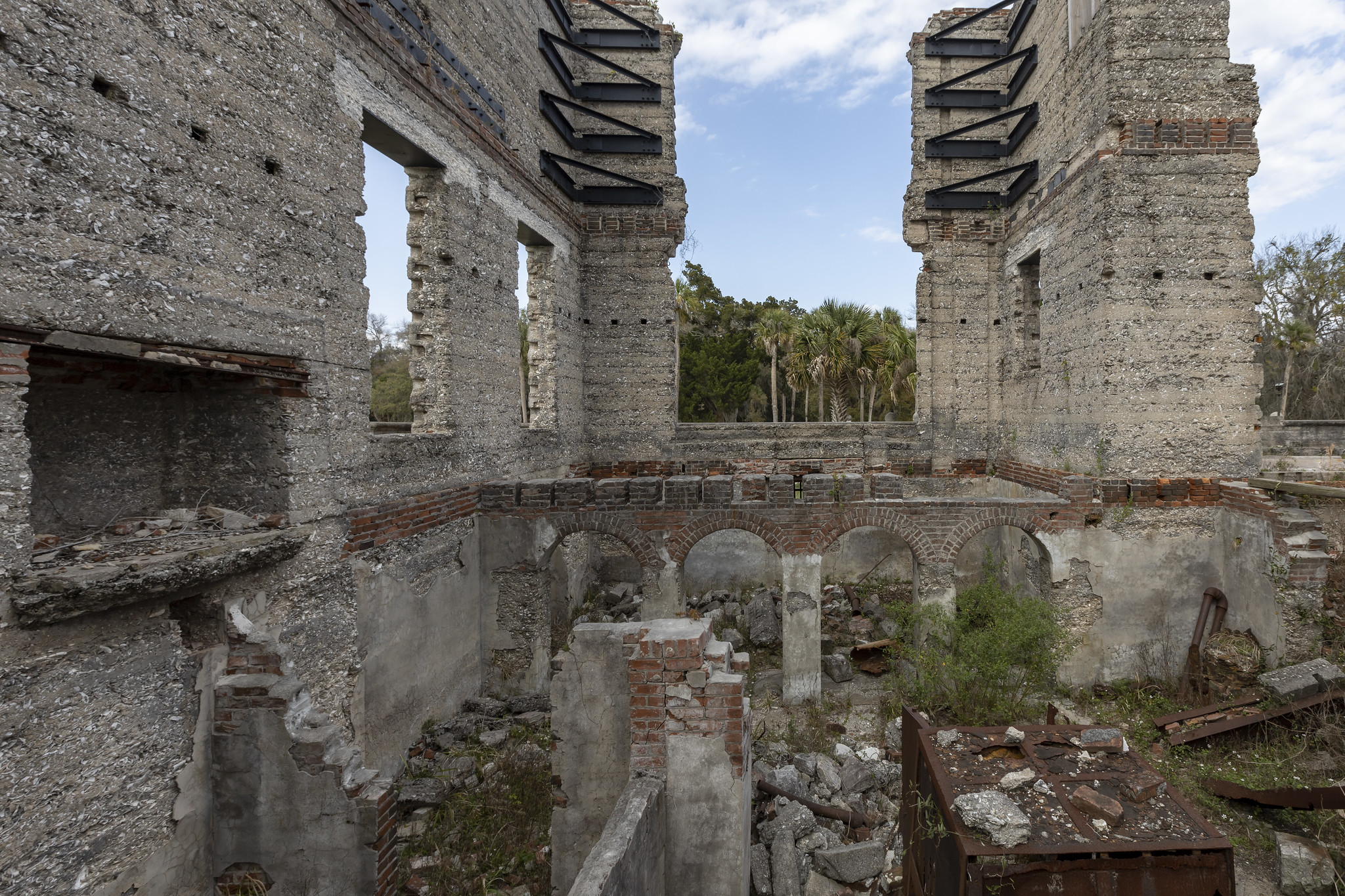
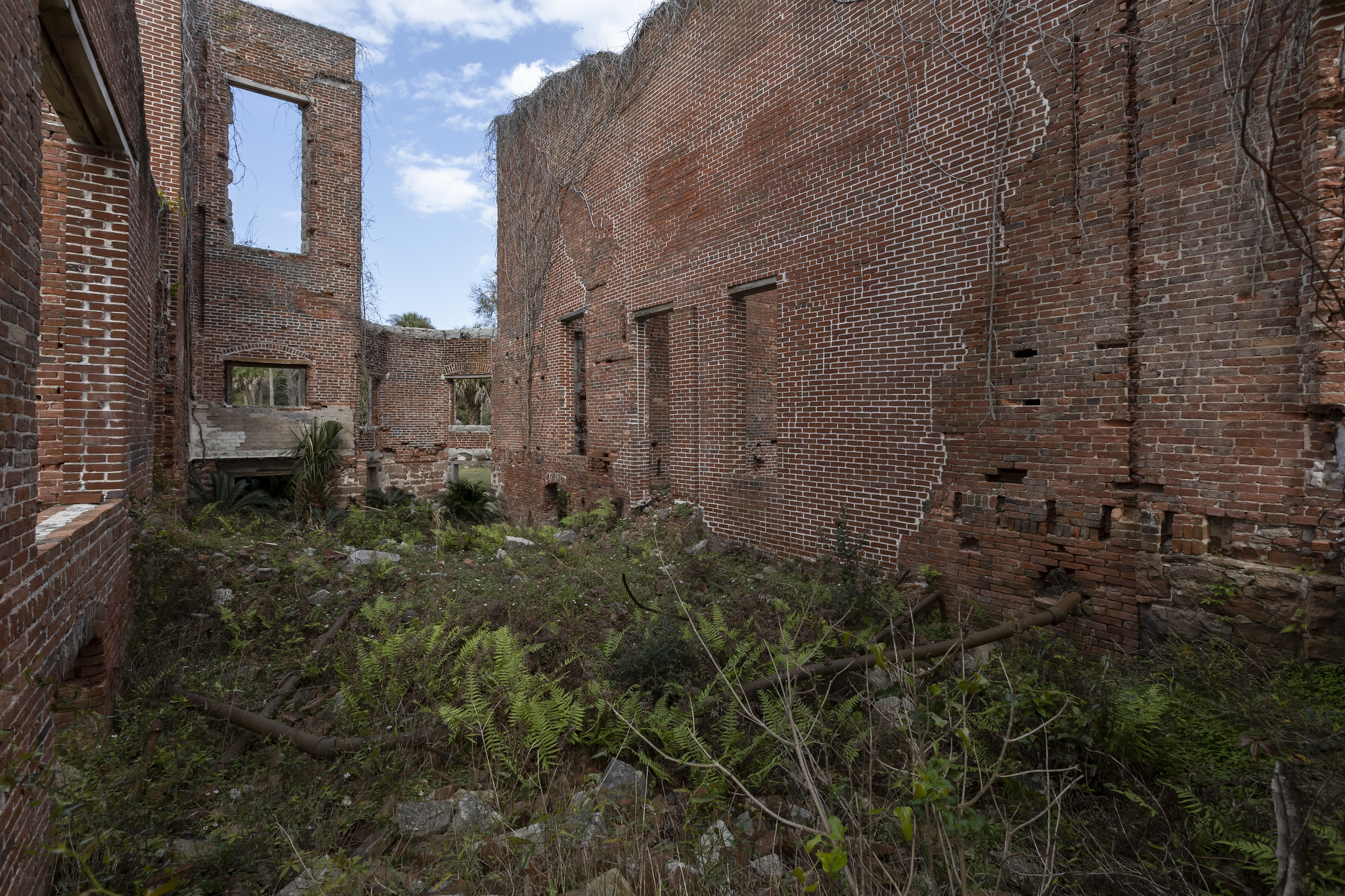
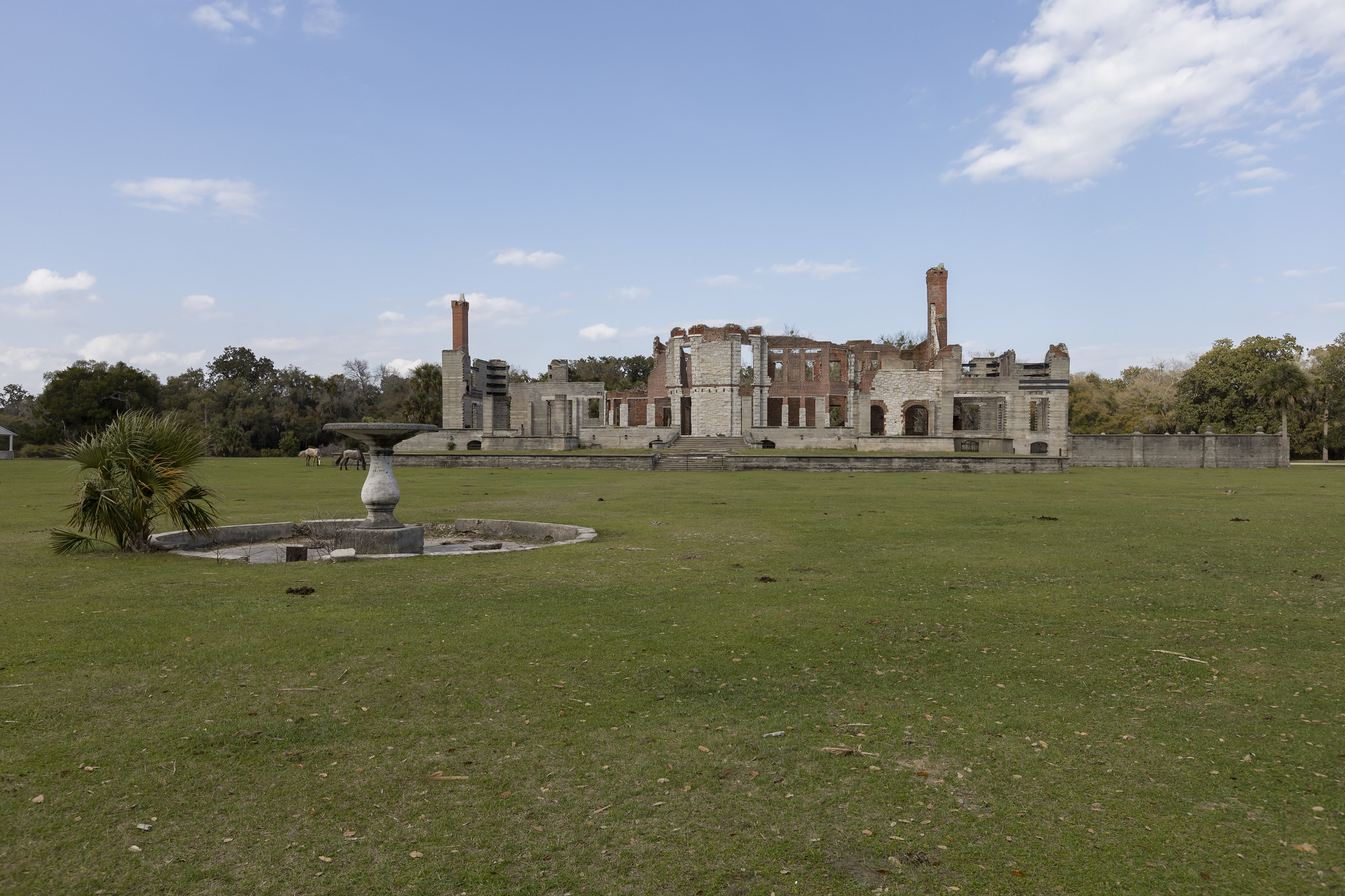
Thank you for reading. Please share the blog with your friends. I appreciate the support.
You can find me on Facebook, Instagram, Twitter, and TikTok. For more amazing, abandoned places from across Georgia and the Southeast, check out my photography books.
Source: https://numerologybox.com
Category: Abandoned Place
